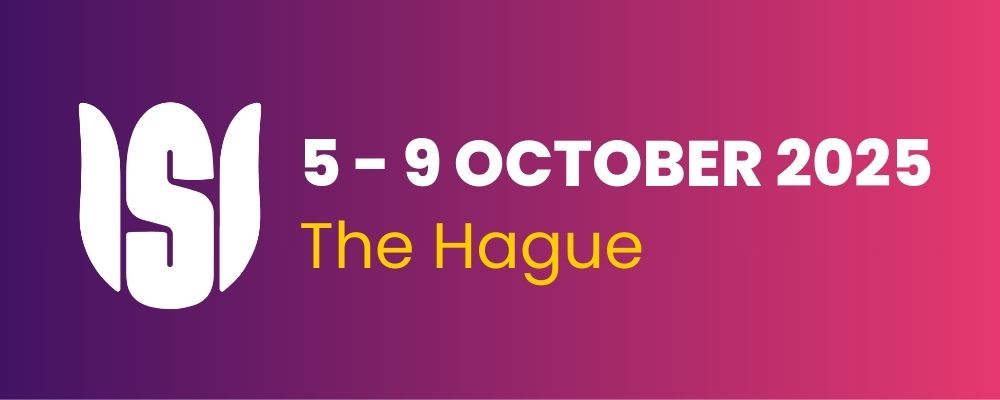BEYOND GENDER COMPOSITE INDICATORS: OBJECT-ORIENTED BAYESIAN NETWORK MODEL TO STRENGTHEN GENDER EQUALITY INDEX INSIGHTS
Conference
65th ISI World Statistics Congress
Format: IPS Abstract - WSC 2025
Keywords: bayesian-networks, gender-equality
Session: IPS 686 - Data Science for Gender Equality Studies
Tuesday 7 October 2 p.m. - 3:40 p.m. (Europe/Amsterdam)
Abstract
Composite indicators simplify complex phenomena by combining multiple dimensions into a single score synthesizing the overall status, such as gender equality or economic development. These indicators are built on a hierarchical basis and comprise various domains and subdomains, each capturing different aspects of the assessed concept. For example, the Gender Equality Index (GEI) combines data across six domains to provide a score reflecting gender gaps in a country. Here composite indicators are studied in a multivariate statistics framework and a statistical learning approach is introduced to measure the gender gap, in order to complement and enrich a composite indicator. Object-Oriented Bayesian Networks (OOBNs) are employed. OOBNs are an extension of Bayesian networks (BNs), that are multivariate statistical models encoding variable relationships through a Directed Acyclic Graph (DAG) and a joint probability distribution. OOBNs allow for a hierarchical definition and construction of a BN. Their architecture is particularly useful for managing large and complex domains, especially when hierarchical structures are present. Since composite indicators have a clear hierarchical architecture, OOBNs represent a natural tool to model and build them. OOBNs allow to transition from computing a GEI score to learning a statistical model that can also reveal the relationship between the variables involved in the computation. This methodology is applied to provincial-level data from Italy. Thanks to the inferential engine associated to the OOBN, different scenarios can be simulated in real time, allowing an ex-ante evaluation of the impact of possible actions (aimed at gender inequality reduction) on the GEI indicator and its distribution.

